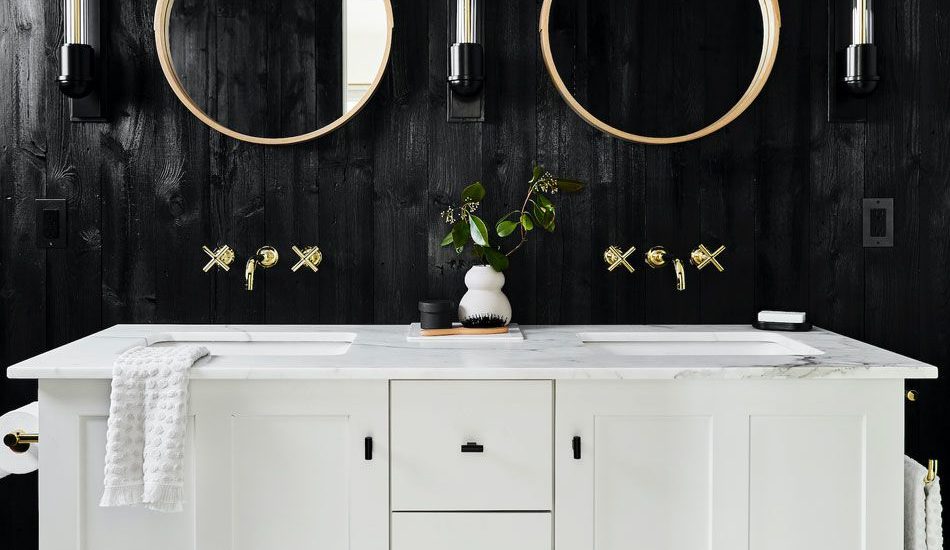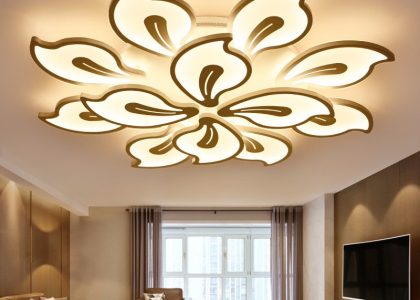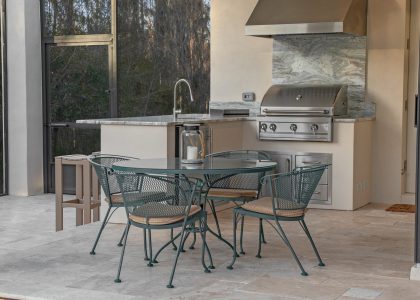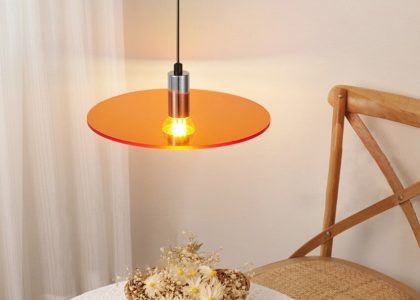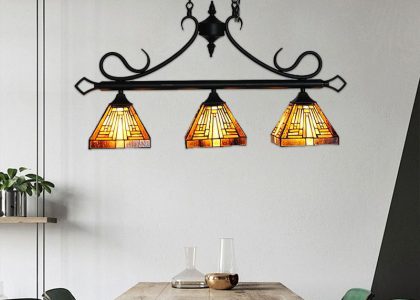The Importance of Hallway Design
Hallways are often neglected spaces in our homes, but they serve an important purpose. They are the transitional areas that connect our rooms and provide a flow throughout the house. A well-designed hallway can not only enhance the overall aesthetic of a home but also increase its functionality by providing storage solutions, adding lighting, and creating a space for displaying art or decor.
Design Elements to Consider
When designing a hallway, there are several elements to consider to ensure it serves its purpose and reflects your personal style.
Laying the Foundation
The first step in creating a well-designed hallway is selecting the appropriate flooring, walls, and ceiling. The flooring should be durable enough to withstand high traffic and easy to clean. Additionally, walls can be painted in a neutral color to provide a backdrop for art or decor, or a bold color to make a statement. Ceiling finishes such as cove lighting can elevate the space and create a sense of increased height.
Lighting
Lighting is a crucial aspect of hallway design. It not only provides illumination but also sets the mood of the space. Options for lighting include recessed lighting, sconces, or pendant lights. Consider the size and height of the hallway when selecting lighting fixtures, and make sure they are placed at an appropriate distance apart to provide adequate lighting.
Storage Solutions
Hallways provide the opportunity for added storage solutions. Built-in shelving or cabinets can be added to display books, photos or collectibles while keeping them organized. If space is limited, consider using hooks or a coat rack to provide a place for guests to hang their coats and bags.
Art and Decor
Finally, incorporating art and decor in a hallway can add personality and character to the space. Use wall art or a gallery wall to create a statement. Mirrors not only make the space appear larger but can also reflect light and create a sense of additional depth to the hallway.
Examples of Hallway Design
Now that you have a better understanding of hallway design elements, here are some examples of well-designed hallways to inspire your own space:
Gallery Wall Statement
A hallway can be transformed into a statement piece by creating a gallery wall. Use a variety of framed art, photographs, or prints to add a personal touch to the space. Select frames that complement the color scheme of the hallway and use different sizes or shapes of frames to create visual interest.
Minimalistic Design
For a sleek and modern design, keep the hallway minimalistic with clean lines, neutral colors, and minimal decor. Use recessed lighting and built-in shelving to keep the space functional while maintaining its simplicity.
Bold Color Statement
If you’re looking to make a statement, consider painting your hallway in a bold color. Adding a bright color can make a high-traffic area more interesting and fun. Use matching decor or accessories to tie the color scheme throughout the space.


